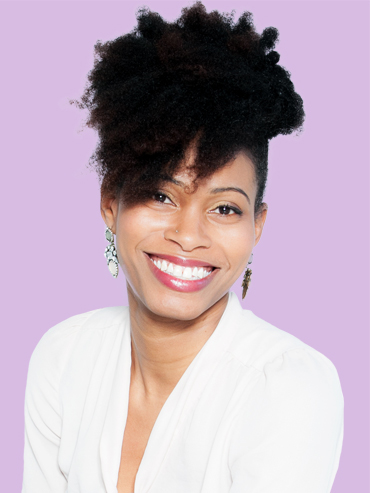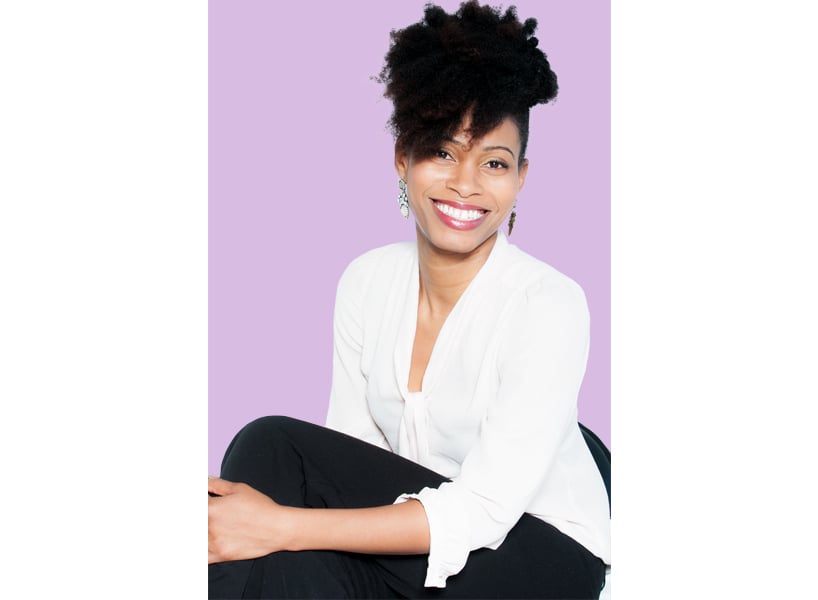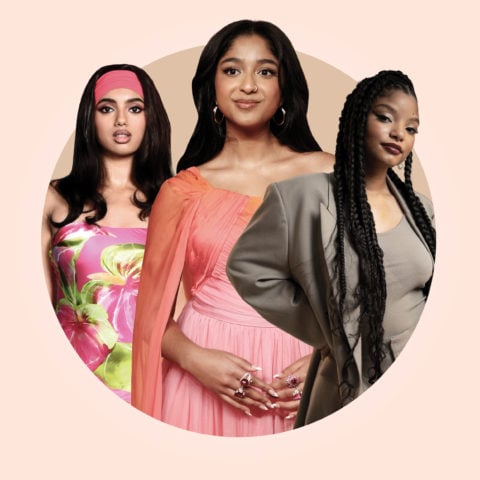Hiring More Models of Colour Isn’t Enough to Fix Fashion’s Diversity Problem
There's a lot more that goes into creating true representation than the final cover shot


A little over a week ago, Edward Enninful, British Vogue’s celebrated new editor-in-chief and the man responsible for that now-legendary December cover, announced the stars of the magazine’s May issue: a diverse selection of nine up-and-coming models who, Vogue says, are “changing the face of fashion.”
The cover stars, who span various races, backgrounds and body types, “represent a new global idea that anything is possible,” according to Enninful. And, indeed, it is heartening to see such a beautiful array of women on the cover of a fashion stalwart like British Vogue. The magazine is undoubtedly leading the charge when it comes to better representation in the fashion industry. (Canadian mags, by the way, are lagging way behind. A 2015 Huffington Post article revealed that of 124 people featured on the covers of 80 top Canadian magazines that year, only 18 were non-white people.) But as much as it’s a step in the right direction, simply hiring more Black models is not enough. I know this first hand.
It was the spring of 2012, probably the biggest moment in my modelling career thus far, and I was about to miss it. Backstage at Toronto Fashion Week, I watched fellow models get into their first outfits while I waited in a salon chair for someone—anyone—to style my hair. None of the white hairstylists on hand seemed comfortable trying to slick my naturally kinky and curly hair into a bun, so I was made to wait until the lone Black hairstylist returned from her lunch break.
When I finally rushed into the fitting area, the backstage producer shot me a look of annoyance. “You’re late!” she barked. “Hurry up or you’re going to miss your first cue!” There was no time to explain the delay wasn’t my fault, so I dressed as quickly as I could and took my place in the runway lineup. Everything went flawlessly from that point on, but the moment was soured for me.
’d spend Sunday evenings watching Fashion Television with Jeanne Beker and mimic the runway walks of Naomi Campbell and Linda Evangelista. I eventually moved to Toronto, determined to sign with an agency, but it was still a difficult market to crack. Multiple times I was told “We’ve already got a Black girl on our roster,” and one agent asked if I’d consider lightening my skin to book jobs.
Recently, I’ve pivoted to commercial modelling, doing print and digital campaigns for brands. Thankfully times have changed since I started and I am now able to prioritize auditions that specifically seek Black models. But the industry still has far to go. I only need one hand to count the non-white creative professionals I’ve worked with over the years—and I still have a finger or two left over. What good does it serve to book a Black model, but lack the beauty, lighting and camera staff to ensure that model looks her best?
Shirley cards, the colour reference tools used to help set camera lighting, solely featured white models until the 1970s, and only changed because photographers wanted to improve photos of chocolate and wood furniture. The bias towards white skin left darker skin tones in the shadows—literally. This still plays out in the fashion world today when photographers improperly light dark skin, producing images that aren’t as crisp as those featuring white models. I’ve worked on shoots where my arrival to set throws the photographer into a tizzy. There are nervous smiles and uncomfortable silences, made even worse if I’m shooting alongside white models who already look perfect in the lens.
’ve worked with, I consistently bring my own makeup and wear a wig or carefully prep my hair before a shoot to spare both myself and the stylists on set from embarrassment. But even that is difficult territoriy to tred: On a recent episode of America’s Next Top Model, contestant Shanice Carroll was chided for correcting her stylist when her wig wasn’t applied properly. The stylist’s incompetence was accepted as the norm and not challenged, but Shanice was deemed “unprofessional” for speaking up about it. Industry gatekeepers will sooner call a Black model “difficult” than address the inequities that make her job difficult.
If the fashion industry is genuine about improving racial inclusion, hiring more models of colour is only one piece of the puzzle. We deserve to breeze backstage, knowing that our glam squad is skilled and ready to work with our skin tone and hair type, and that we will be lit beautifully on set. We deserve to be represented by agencies who appreciate how diverse Blackness is. We deserve to work in an industry that doesn’t siphon from our cultures, then lie about our bankability. We deserve to work in our chosen industry without accepting racism as an unavoidable aspect of our job.
The importance of diversity and inclusion in modelling cannot be downplayed, when media representation and beauty paradigms shape so much of today’s cultural discourse. The fashion industry needs to work harder to demolish the inherent racism and biases that permeate the business at every level. Until then, editors, designers and agents can save their empty platitudes about inclusion.
Related:
Just How Diverse Were This Season’s Runways Actually?
Why Serena Williams’s New Makeup Line Will Defs Be Groundbreaking
Emerging Canadian Fashion Designer Lesley Hampton Just Set the Bar for Runway Diversity








